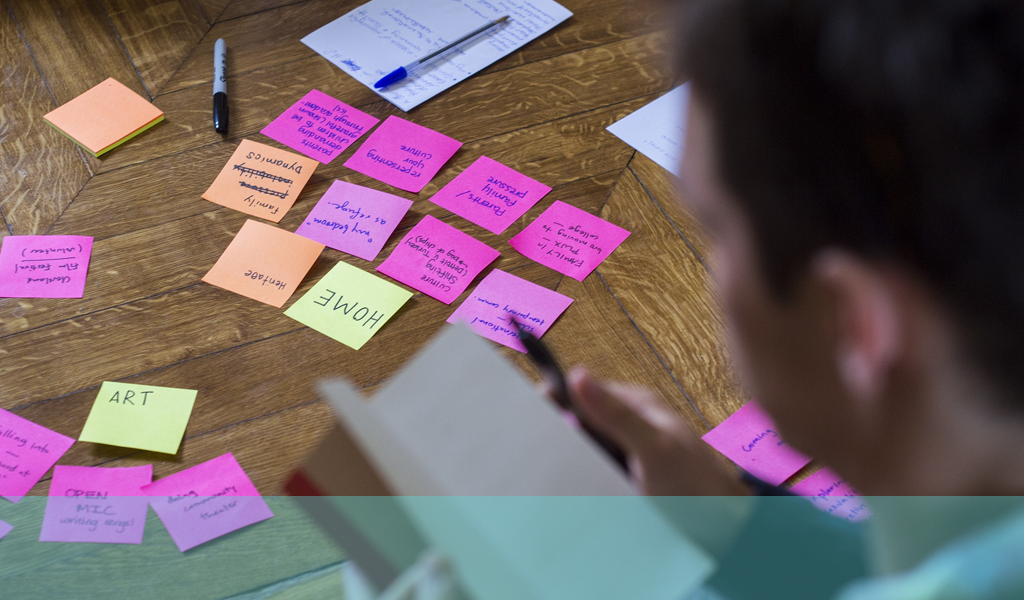
Card Sorting is a simple,but very powerful technique to reveal links and explore thought processes and connections in user behaviour.
It is a method method by which users are asked to group and name items, such as content areas in a website. It is achieved by presenting users with a series of subjects, products, actions or any other grouping on individual cards and asking the user to sort them into groups that make sense for them. This gives an idea of not only the thought processes that a user might go through and the linkages they might make in their head when doing so but also provides an insight into how they might search and access information.
There are three types of card sorting;
- Open sorting: This is where the participants are not rigidly directed towards categories but allowed to find their own level and sort the cards into whatever groups make sense to them, producing further terms (cards) and categories if they so wish. This will tend to work better at the beginning of a project when no previous research or preconceptions have already entered the arena. It can bring new ideas and perspective into the sorts of thought processes users go through.
The downside is that the results can be unstructured and, sometimes, almost impossible to process due to their variety or individuality. If you require something more narrowly focused and controlled this might not be the right approach for you. - Closed sorting: Closed sorting is where the user is directed to a fixed set of cards and categories and asked to sort them according to how they perceive them falling into groups. This is less likely to give stunning new insights but is more predictable and controllable when you are seeking clear indications and outcomes.3. Hybrid : There is one further category which is something of a hybrid of the previous two. Here the more rigid closed approach is adopted initially but after that process has been undertaken participants are allowed to suggest further categories and then go through the process again. This has the benefit of collecting the more controlled data that you might need but also providing the opportunity to observe and gather more perspective on thought processes and innovative data that isn’t available from the closed session.
All three types of card sorting procedure can be conducted in a number of ways:
- One to one – where a single person and a moderator go through the process and the user voices their thoughts and reasoning as they conduct the sort.
- Group – a few people are briefed and then go on to sort the cards collectively. While this might give an overall view but it suffers from the usual problems of group dynamics, influence, bias etc
- Remotely – where the test is conducted via a computer link and the actions and data recorded.
If done properly, card sorting can be a useful tool in the researcher’s armoury. If you would like to find out more why not ring us on +44(0)800 0246247 or email us at hello@ux247.com

















